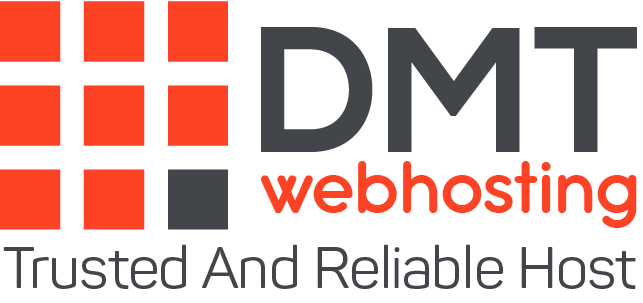A hypervisor is a software that creates and runs virtual machines (VMs). A hypervisor, sometimes called VVM (Virtual Machine Monitor), isolates the operating system and resources from the virtual machines and enables the creation and management of these VMs.
When used as a hypervisor, the physical hardware is called the host, and the many VMs that use its resources are guests.
The hypervisor treats the resources (such as CPU, RAM and storage) as a common pool of resources that can be easily reallocated between existing guests or new VMs.
All hypervisors need some operating system level components to run the VMs, such as a memory manager, process planner, input/output stack (I/O), device drivers, security manager, network stack, and more.
The hypervisor makes the allocated resources available to all VMs and manages their scheduling depending on the physical resources. The physical hardware continues to perform, which means, for example, that the CPU is still executing instructions from the VMs while the hypervisor is scheduling.
With the help of a hypervisor, several different operating systems can be run in parallel and use the same virtualized hardware resources. This is one of the main advantages of virtualization. Without virtualization, you could only run an operating system on the hardware.
Various hypervisors are offered by traditional and open-source providers. VMware, a popular virtualization product, includes the ESXi hypervisor and the vSphere virtualization platform.
Kernel-based virtual machine (KVM) is an open-source variant and is integrated with the Linux kernel. Other options include Xen, which is based on open source, and Microsoft Hyper-V.
Types of hypervisors
There are two types of hypervisors that can be used for virtualization, type 1 and type 2.
Type 1
A Type 1 hypervisor, sometimes referred to as a native or bare-metal hypervisor, runs directly on the host hardware to manage the guest operating systems. It takes on the role of the host operating system and retrieves VM resources directly from the hardware.
This type of hypervisor is commonly used in corporate data centres or other server-based environments.
Examples of this type 1 are KVM, Microsoft Hyper-V and VMware vSphere. KVM was integrated into the Linux kernel in 2007. So if you are using a modern version of Linux, you already have such a hypervisor.
Type 2
A type 2 hypervisor, also known as a hosted hypervisor, runs on a conventional operating system as a software layer or application.
This abstracts the guest operating systems from the host operating system. VM resources are requested from the host operating system and accessed via the hardware.
A type 2 hypervisor is more suitable for individual users who want to run multiple operating systems on one PC.
VMware Workstation and Oracle VirtualBox are examples of a Type 2 hypervisor.
At first glance, containers and VMs seem very similar. Both are packaged computing environments that combine different IT components and isolate them from the rest of the system. The decisive difference lies in the scaling and portability.
A container consists of one or more processes that are isolated from the rest of the system. The container only allows the process access to the resource requests that have been specified. These resource limits ensure that the container can run on a node with enough capacity.
VMs contain their own operating system, on which they can perform several resource-intensive functions at once. Thanks to the numerous resources available to them, VMs can abstract, split, duplicate and emulate entire servers, operating systems, desktops, databases and networks.
You can also run multiple operating systems on VMs with a hypervisor. Conversely, containers can only run one type of operating system. For example, a container on a Linux server can only run one Linux operating system.
Containers are sometimes considered to be equivalent to the hypervisor. This is not entirely true, because containers and virtualization meet different requirements.
Hypervisors and security
A VM provides an environment that is isolated from the rest of the system. This means that everything that is executed in a VM does not come into contact with other data on the hardware. Thanks to this separation, an infected VM does not affect the entire system.
However, if the hypervisor itself is hacked, this can mean problems for all VMs managed with it and a risk to the data contained therein.
Security protocols and requirements may vary depending on the type of hypervisor.
Why Red Hat for Virtualization?
A hypervisor forms the basis of your virtualization platform. We have been committed to the development of virtualization for many years – through continuous improvements to the KVM hypervisor and our contributions to KVM and oVirt, and that since the founding of the two communities.
Red Hat Virtualization is a software-defined open-source platform that can be used to virtualize Linux and Microsoft Windows workloads. This technology is based on Red Hat Enterprise Linux and the KVM and contains management tools with which resources, processes and applications can be virtualized. This gives you a stable basis for a future that takes place with containers and in the cloud.
With Red Hat’s fast and affordable virtualization, you’re better armed for today’s challenges, while building a foundation for tomorrow’s technologies.
About the author
DMTwebhosting.com’s Editorial Team prides itself on bringing you the latest web hosting news and the best web hosting articles!
You could also link to the news and articles sections:
http://www.DMTwebhosting.com/blog
